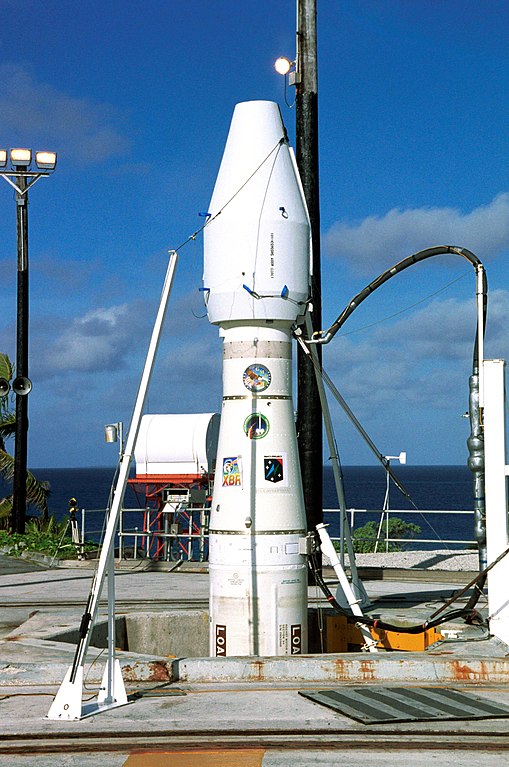While there is a real need to counter a reoccurrence of what happened in Russia, the same systems that are needed to detect, track and intercept meteroids and other objects from outer space can also be used against ballistic missiles and satellites.
It is also debatable whether trying to intercept a meteor is a good idea and could actually make things worse. Recent findings suggest that a meteor with a certain composition is much more likely to result in an air burst if intercepted. The resulting damage would then be much greater.
Coincidentally, both China and the United States conducted exoatmospheric test intercepts in late January, not long before the Russian meteor struck.
On January 26, a Ground-Based Interceptor (GBI) was flight tested by the US Missile Defense Agency from Vandenberg AFB in California. While this test did not involve a target, the GBI can be fitted with a hit-to-kill Exoatmospheric Kill Vehicle (EKV).
Another test on February 13 saw for the first time a SM-3 missile launched from a Ticonderoga class cruiser intercept a ballistic missile using targeting data provided by the Space Tracking and Surveillance System-Demonstrators (STSS-D) satellite constellation.
While the SM-3 currently does not have the same reach as other systems from the US and China, future developments envision it to have much greater reach in intercepting targets.
China has in turn conducted several exoatmospheric tests to date:
- on January 11, 2007 a direct ascent SC-19 based on a modified DF-21 missile intercepted a FY-1C weather satellite using a Kinetic Kill Vehicle at an altitude of 865 km
- on January 11, 2010 a SC-19 was again tested, but this time intercepted a ballistic missile using the same hit-to-kill technology
- on January 27, 2013 another SC19 again intercepted a ballistic missile
Russia had until recently not been actively developing exoatmospheric defenses the way China and the US have been doing, but now reportedly intends to restart development after the meteor impact.
The US, Russia and China are the only three nations to have successfully demonstrated the ability to conduct exoatmospheric ballistic missile and satellite intercepts. All three also have capable systems for endoatmospheric missile intercepts with the PAC-3, S-300 / S-400 and HQ-9 respectively.
http://en.rian.ru/russia/20130220/179590080/Russian-Military-to-Develop-Anti-Meteorite-Defenses.html
Credit original poster, via Chinese Internet


No comments:
Post a Comment